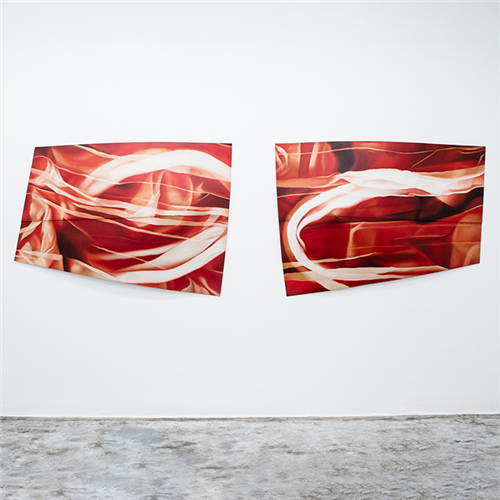A Selection of Ehsan Lajevardi's Private Collection
Art collectors and collections make up an important part of the contemporary arts infrastructure for the support and conservation of artworks. In many cases, private collectors are the first to buy art, from still unknown artists and therewith help them sustain their practice until they become known and thereafter. However, just as important is the symbolic meaning of such collections: to be included in the "right" collection or museum can give an artist a high level of recognition.
To collect art is an act that is entangled in many things, aesthetics being the obvious one, but also politics, economics, social identity and indeed psychology. For some collectors, the main emphasis is on an item’s subjective value, whilst others focus more closely on the accumulation and selection process. Whether they collect carpets, stamps, butterflies or works of art, some well-known and some secretive, collectors share a number of things in common. However, those who support “emerging” art have a more varied set of practices than those generally observed in their counterparts. In addition to simply being a buyer, the contemporary art collector has the ability to influence the artistic life, especially through the material support provided to artists and by contributing to the construction of artistic value.
To collect the work of living artists, who have not yet been assessed by history, is exciting and noble. Collectors of contemporary art preserve for history that which captures today’s moment or period.
The Iranian Revolution of 1979 (and the subsequent eight years of the Iraq-Iran war) divided the history of Iran and its art, into two. The name Iranian Cultural Revolution (1980-1987) says it all. With the revolution, a whole new system of image production took charge of the local visual culture. For an Iranian modern art era which had previously enjoyed state support, this meant nothing but discontinuity. The Cultural Revolution affected not only cultural production, but the way the previous culture was received and interpreted.
Iranian contemporary art suffers from a lack of institutional support and a lack of archives that have authority, physical space, and sustained support. Ideally, archives should be both transparent and protected, accessible and preserved, but archives as such do not yet exist in Iran.
In the large eco system of makers, artists, curators, museums, galleries, art historians and critics comprising the contemporary arts, collectors are just one piece of the puzzle. Whereas in Iran, the role of private collections and archives can be considered way more significant. As they not only are a great help to map the hidden historical aspects of contemporary art in the country but also with their financial support, played a vital role in shaping what is today considered as contemporary art in Iran.
Nūr Collection
Private collectors may choose art according to taste, usually supporting artists they find most interesting from a personal perspective. In the selection on display, Ehsan Lajevardi, a much younger collector, has selected pieces from his collection that he believes can create a dialogue with one another. Ranging from works by Masoud Arabshshi and Farshid Maleki, to some mid-career artists such as Vahid Hakim and Sahand Hessamiyan to a younger generation like Mohammadreza Mirzaei, Ashkan Sanei and Maryam Imani.

